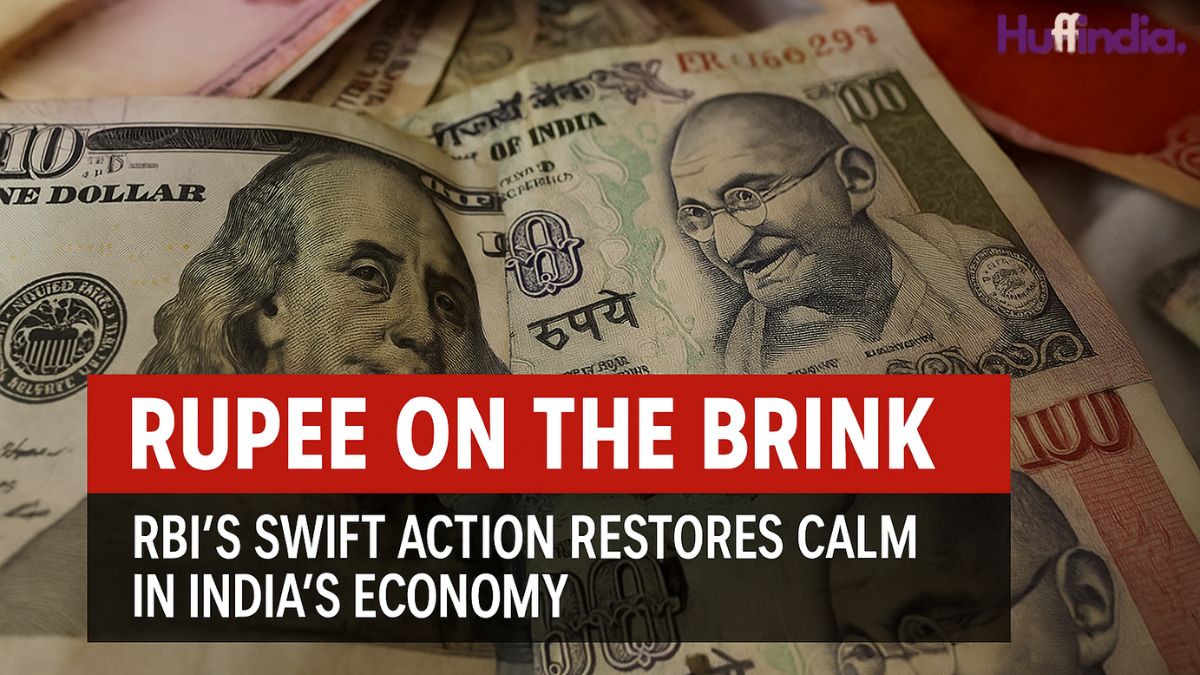Rupee vs Dollar Today: India’s Currency Under Pressure, A Central Bank in Control
The rupee vs dollar today continues to dominate economic headlines, as India’s currency closed at ₹88.66 against the US dollar, marking one of its weakest levels in months. The slide was driven by renewed foreign outflows, strong dollar demand from importers, and volatility in global oil markets.
However, the Reserve Bank of India (RBI) stepped in swiftly to maintain stability and investor confidence. Market dealers reported that the central bank was buying long-term government securities to manage liquidity and ensure that yields didn’t spike uncontrollably. The 10-year bond yield settled near 6.51%, signalling calm amid global financial turbulence.
“The RBI isn’t fighting the market; it’s guiding it,” said Rohit Deshmukh, Senior Economist at Kotak Securities. “Its calm presence in turbulent times keeps investors anchored.”
The Global Tide and Domestic Strength
Analysts argue that the rupee’s weakness is largely the result of global trends not domestic missteps. The US Federal Reserve’s hawkish tone, combined with slowing European growth, has strengthened the dollar and pushed emerging-market currencies into retreat.
However, India’s position remains relatively strong. With forex reserves above $630 billion, GDP growth projected above 6.5%, and stable inflation trends, economists see no cause for alarm.
“The rupee is adjusting, not collapsing,” said Meenal Vora, a Mumbai-based currency strategist. “The fundamentals of India’s economy are intact; what we’re witnessing is a global storm passing through our shores.”
Silent Moves, Strong Message
The RBI’s playbook has long been characterised by discretion. While central banks in smaller economies often make public moves, India’s monetary guardian prefers silent precision. Traders said that over the past week, the RBI’s subtle bond purchases prevented excessive volatility while sending an unspoken message: India’s financial system remains secure.
“Every time yields threaten to jump, the RBI quietly steps in,” said a bond dealer at a state-run bank. “It’s not about controlling — it’s about calming.”
Oil, Inflation, and the Road Ahead
With Brent crude hovering near $91 a barrel, importers have increased dollar purchases, adding short-term strain on the rupee. Still, the RBI’s consistent presence and proactive stance are keeping inflation expectations in check.
Economists say that the central bank is unlikely to panic or overcorrect. Instead, it will focus on smooth market functioning and moderate liquidity management.
“The RBI’s interventions are like a heartbeat — steady, rhythmic, and reassuring,” said Dr Anita Menon, professor of economics at Delhi University. “That consistency builds investor faith even in times of turbulence.”
Investor Sentiment and Market Outlook
Domestic investors appear confident. Equity markets have remained largely steady despite the rupee’s fall, reflecting faith in the RBI’s strategy and India’s medium-term growth story.
While short-term volatility is inevitable, traders expect the rupee to stabilise near ₹88–89 in the coming weeks.
For now, India’s message to global investors is simple: this is an economy that bends but doesn’t break.
























